It started 5 years ago with a vision and a 1.25 acre piece of forest land behind the Kings SPCA’s Animal Shelter. Through generous donations from businesses and individuals in the community, the shelter was able to install fencing to enclose the entire area. Amazing volunteers then pitched in to build cat shelters, each with their own feline-themed names like Hotel Casablancat and the Meow Inn.
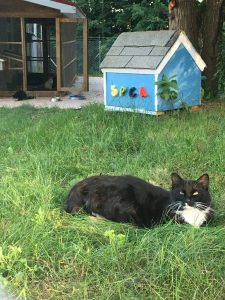
The result? A Sanctuary for semi-feral and feral cats that have nowhere else to go and a transitional space for evaluating cats for other SPCA programs, such as the Barn Cat Program.
I spoke with Melissa Lee, one of the great staff members at the Kings SPCA. Melissa was involved in the project from the get-go. She shares “I had been doing TNR (Trap-Neuter-Return) and helping feral cats for many years, so I was very interested in becoming involved with the Sanctuary. My role was to contact and coordinate individuals for tasks required to make the Sanctuary a reality. It’s been a 5-year labor of love to get the Sanctuary to what it looks like today.”
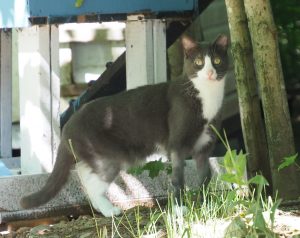
Cats come to the Sanctuary for various reasons. Melissa explains “Every situation is unique. Often, it’s for medical conditions, physical limitations or behavioral problems. Sometimes, caring citizens bring cats to the shelter, wanting to help the cats, but not knowing if they are feral or semi-feral. We use the Sanctuary as a place for assessing these cats. If the cats can become better feline citizens, they are either placed in a barn home through the SPCA’s Barn Cat Program or in a few cases, are placed for adoption.”
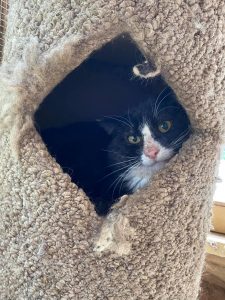
There are currently 15 cats in the Sanctuary. “Our newest resident Sylvester is a tuxedo kitty that has lived a hard life outside,” relates Melissa. “He was taken in by another local rescue, Safe Haven. They had him for several months while treating his battered body. He did not come around to be friendly and therefore was not adoptable. He could not be returned safely outside because he had an old leg injury that has caused permanent damage to his ligaments. He also required significant dental work. Safe Haven asked the SPCA for assistance and Sylvester was approved to live out his days in the safety of the Sanctuary.”
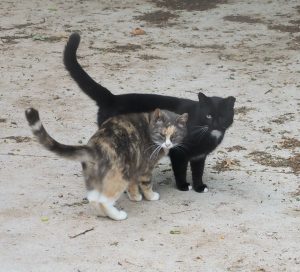
The Sanctuary has 3 inside rooms where new arrivals first reside. Melissa shares “The inside rooms have their own acclimatization enclosure on the outside so cats can get used to the sights, sounds and smells of their new accommodations, and can safely meet other cats in the Sanctuary through the fence. Cats stay in this transitional space for about a week on average before accessing the balance of the Sanctuary. Prior to becoming Sanctuary residents, cats are vaccinated, treated for parasites and spayed/neutered.”
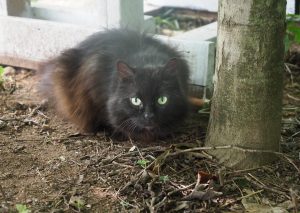
The Sanctuary has natural places for shelter, play and exercise. It also has 10 insulated man-made huts for sleeping and eating, along with a “Baby Barn.” A heater is available to be turned on during cold weather for the inside rooms.
Staff members play a critical role in the cats’ health and welfare. They supply the cats with fresh water and food, clean litter boxes and keep things tidy. When the snow gets too deep, they shovel trails for the cats. They also observe the cats for any illness or injury and assess any cats that are at the Sanctuary for behavioral reasons.
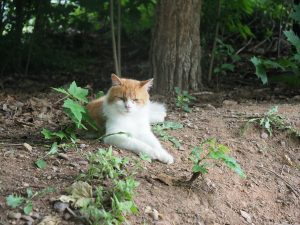
Melissa shares “This summer, we undertook to beautify the Sanctuary. With normal wear and tear, the cat huts definitely needed some TLC. Kevin Foucault, one of our most dedicated volunteers, made needed repairs to the huts’ structures and gave them all a new paint job. He generously donated many hours doing this and it’s now a much brighter, peaceful and loving space thanks to his thoughtfulness.”
“Working at the Sanctuary is very rewarding,” relates Melissa. “It provides a place for some cats that would have nowhere else to go. They are in a setting that is safe and comfortable and they are well fed – some a little too well fed!” she chuckles. “Many of us who work at the Shelter become very attached to some of our feral residents. Once they start to trust their caretaker, you get to see their true personalities begin to emerge. Of course, cats in the Sanctuary do pass away and it hurts our hearts when we lose one of our feral friends. You develop relationships with a lot of the cats over time. We know every cat’s name. We notice when a cat hasn’t been around or isn’t acting normally. Just because we can’t pick them up and cuddle them, doesn’t mean we don’t love them.”
Unaltered cats fight, spray, dig in garbage and produce countless litters of kittens that add to the cat overpopulation problem. Thanks to progressive initiatives like TNR, the Barn Cat program and evaluation done at the Sanctuary, the SPCA and its dedicated volunteers are helping to make the world a better place for feral cats, people and the community.
